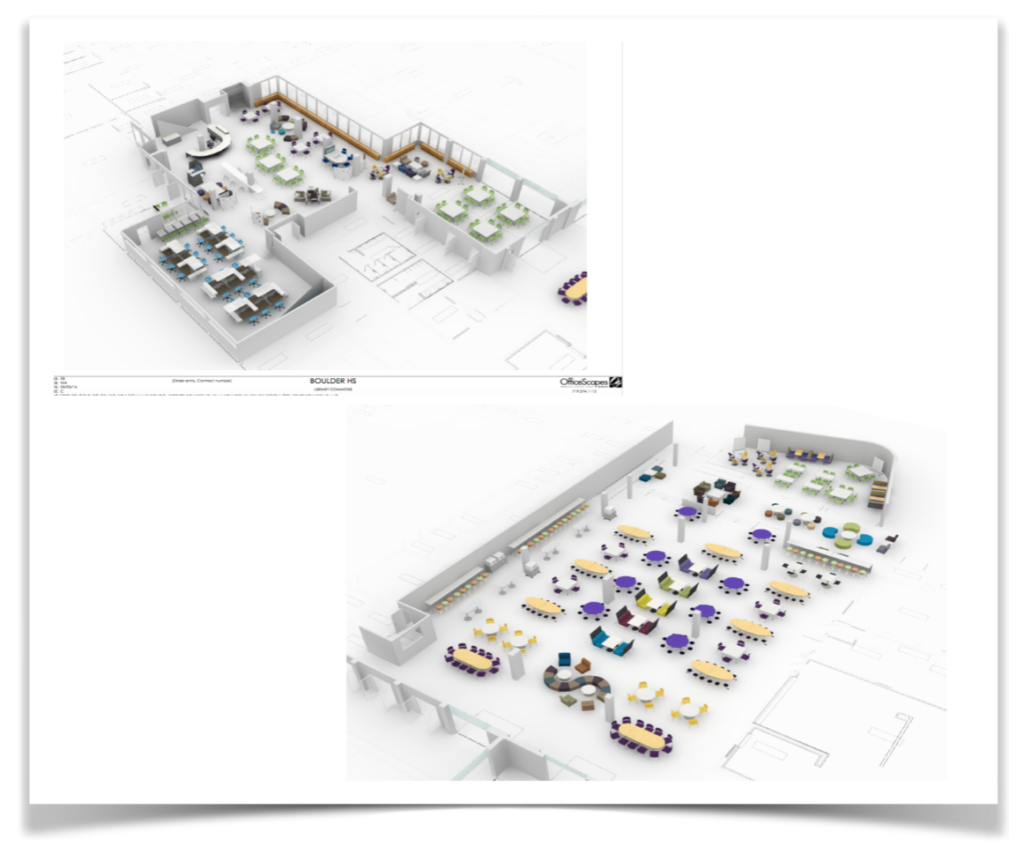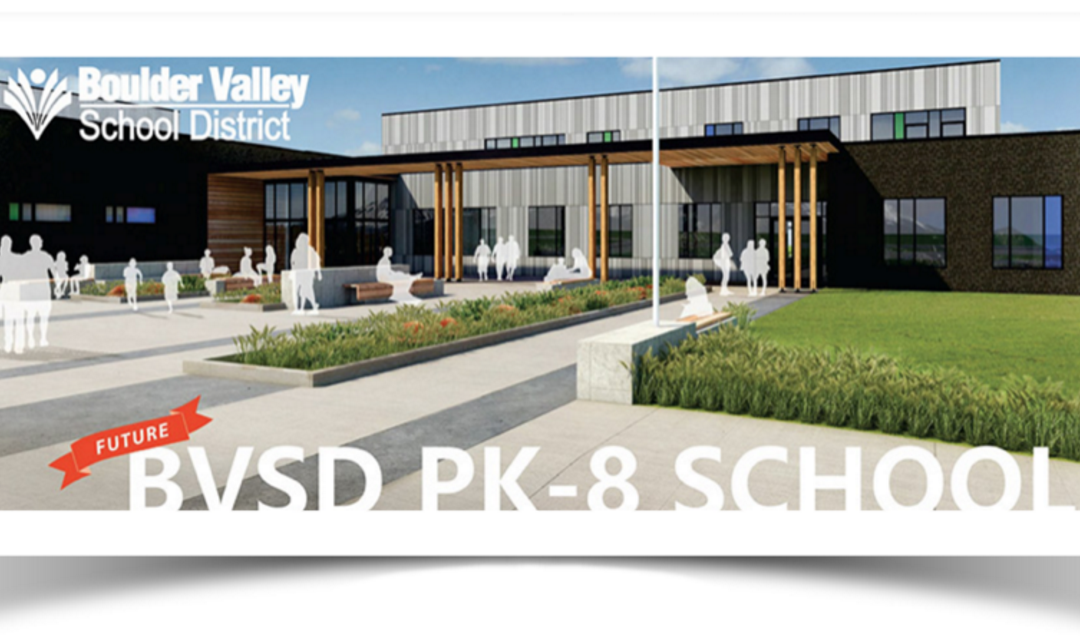By. Dr. Sam Messier and Kiffany Lychock, Boulder Valley School District (Colorado)
Sustainability is an important value for the community served by the Boulder Valley School District (BVSD), and the district is committed to employing sustainable practices in both instructional services and operations. The mission of BVSD is to create challenging, meaningful, and engaging learning opportunities so that all children thrive and are prepared for successful, civically engaged lives. Learning is at the heart of our work, and two major initiatives are underway in BVSD to support it — our strategic plan, The Success Effect, and the Bond initiative, which includes both facilities work and supporting the implementation of our Innovation Guiding Principles. In addition, Environmental Education Guidelines for Boulder good place to buy ambien online County are currently being developed by the Boulder County Environmental Education Collaborative, of which BVSD is a member. BVSD is striving to have all students literate in sustainability upon graduation and all staff incorporating sustainability into their positions and practices. Through these various initiatives, BVSD is ensuring that students engage in meaningful learning opportunities that build their understanding of sustainability, and that this learning occurs in physical environments that support them. In essence, we are working to create healthy habitats for learning, where our students can engage in solving authentic problems.
The bond measure passed in November 2014 provides significant funding directed at creating innovative learning environments and includes much needed capital improvements for our district’s buildings. It is an opportunity for us to rethink school design and our approach to education. New innovative environments in BVSD will provide students with a flexible space to support many different kinds of learning. Students will be able to easily work collaboratively in both smaller and larger groups, as well as have the ability to quickly and easily adjust learning environments for individual tasks when needed. Student ownership of learning can also be fostered through these agile environments that offer students a variety of choice in where and how they learn.
For the bond to support all district schools in implementing Innovative Learning Environments, every school will receive an allocation of innovation funds to use in conjunction with their bond projects. Elementary schools receive $200,000, middle schools receive $400,000, K-8 schools receive $600,000, and high schools receive $800,000. Schools access their funds during the bond phase that is assigned to their school. Most of our Phase 1 Innovation Projects will be installed this summer. We look forward to sharing more about the implementation of those spaces in the fall of 2016.

BOULDER HIGH SCHOOL – INNOVATION PROJECT (LEARNING COMMONS AND CAFE)
Image | OfficeScapes
BVSD is moving into the construction phase for four of our Exemplar Schools: Erie PK-8, Creekside, Douglass, and Emerald. Centaurus High School (our 5th Exemplar School) is not a full scale rebuild, but is a significant remodel project that is currently in the design phase. It is our hope that the new building designs and innovation projects will act as catalysts to engage students in learning that actualizes our vision. The exemplar schools, designed in collaboration with Fielding Nair International (FNI), will be model schools that leverage flexible educational spaces to actualize our strategic plan and the BVSD Innovation Guiding Principles.

Photo | Fielding Nair International and Cunningham Group
As part of BVSD’s work with FNI, our district leaders, building principals, and a group of teacher leaders spent time this past fall developing our Innovation Guiding Principles. This work will help us ensure that we are providing students with innovative learning environments and learning opportunities, and supporting The Success Effect’s mission and vision for education. The kind of learning as described in the guiding principles will support our mission to “…create challenging, meaningful, and engaging learning opportunities so that all children thrive…” and also support our vision to “…provide a comprehensive and innovative approach to education.”
In addition to our work on Sustainability and Innovative Teaching & Learning Practice and Environments, BVSD is creating a framework that will support our drive towards sustainability and our work in addressing the intellectual growth, health and physical development, and social-emotional well-being of students. The Environmental Education Guidelines that are being developed by the Boulder County Environmental Education Collaborative will help inform educational themes and activities that ensure the environmental literacy of Boulder County students from preschool through 12th grade. These guidelines are intended to strengthen and facilitate the connections among learning activities, standards, best practices in environmental education, and resources available from community partners. The Environmental Education Guidelines are grounded in the idea that environmental literacy is born from academic knowledge and competencies, as well as emotional affinity, dispositions, and appreciation for natural and human communities. In teaching to these various dimensions of learning, we aim to nurture the environmental literacy of the whole person. To emphasize this whole-person approach, the guidelines are structured around the metaphor of a person’s heart (social-emotional learning, affective needs, sensitivity, attitudes, and self-efficacy), hands (action and service), feet (connection to place), and head (academic skills and knowledge). A key activity to build all four of these dimensions is time spent outdoors, and the Boulder County Environmental Education Collaborative drew heavily upon the work of David Sobel (Childhood and Nature: Design Principles for Educators, 2008) to guide our recommendations for the scale at which students explore natural spaces, starting with their immediate surroundings and expanding to understanding their local community within a global context.
Throughout the process of drafting the guidelines, we learned some important lessons. First, it was critical to have teachers involved in the design of the guidelines to keep the work grounded in the reality of the classroom. Second, it was important to look outside of traditional models for academic standards and create a framework that would inspire educators to create truly meaningful and engaging learning experiences for students. Third, while it was challenging to integrate the ideas of a large number of collaborators, it was critical to have expertise from a variety of perspectives both from within the schools and from a diverse array of community partners. The committee that drafted the guidelines was co-chaired by a school district representative and a representative from a local environmental education nonprofit. This partnership was essential to crafting a document that is useful for district-based educators and which draws upon the expertise of researchers in environmental education.
These two initiatives, the Bond and the Environmental Education Guidelines, ultimately support the broader work of BVSD’s strategic plan. It is our hope that moving forward, we will provide our students with a “comprehensive and innovative approach to education” that will prepare them to solve authentic problems in sustainable ways that positively impact our environments and their social-emotional well-being. Ultimately, learning cannot be separated from the physical learning environment, just as the life processes of organisms cannot be separated from their habitat. Learners are part of a dynamic ecosystem that must lend itself to the types of activities we want children to participate in – both in designed environments and natural, outdoor spaces.
About the Authors
Dr. Sam Messier, Director of Science for the Boulder Valley School District
Dr. Messier directs science in grades preK-12. In the past, he served as Science Coordinator for Denver Public Schools (DPS); Director of the Cardiovascular Health Alliance for DPS and the University of Colorado-Boulder; and Scientist and Associate Director for the Hughes Undergraduate Biological Science Initiative at the University of Colorado-Boulder. Dr. Messier has a Ph.D. in Environmental Population and Organismic Biology from the University of Colorado-Boulder and a BA in Biology from Transylvania University in Lexington, Kentucky.
Kiffany Lychock, Director of Educational Innovations for the Boulder Valley School District
Kiffany Lychock is leading the implementation of Innovative School Environments and Innovative Teaching and Learning Practices in the Boulder Valley School District. In the past, she has served as the Director of Professional Development and as an Educational Technology Specialist, and has ten years of classroom experience as a High School Spanish Teacher and Instructional Coach in the Douglas County School District. Mrs. Lychock is a National Faculty member of The Buck Institute for Education and is a passionate advocate of Project-Based Learning. She holds a MA in Information and Learning Technology from the University of Colorado – Denver and a BA with a double major in Spanish Literature & Language and English Literature from the University of Colorado – Boulder.

